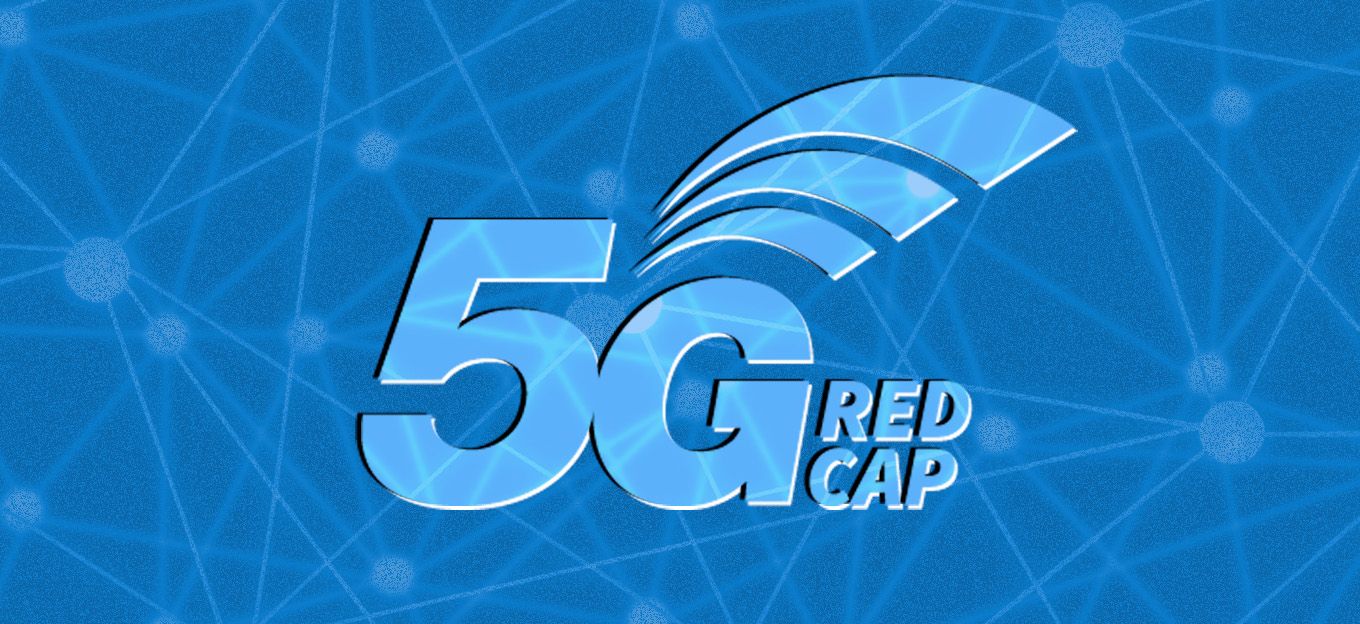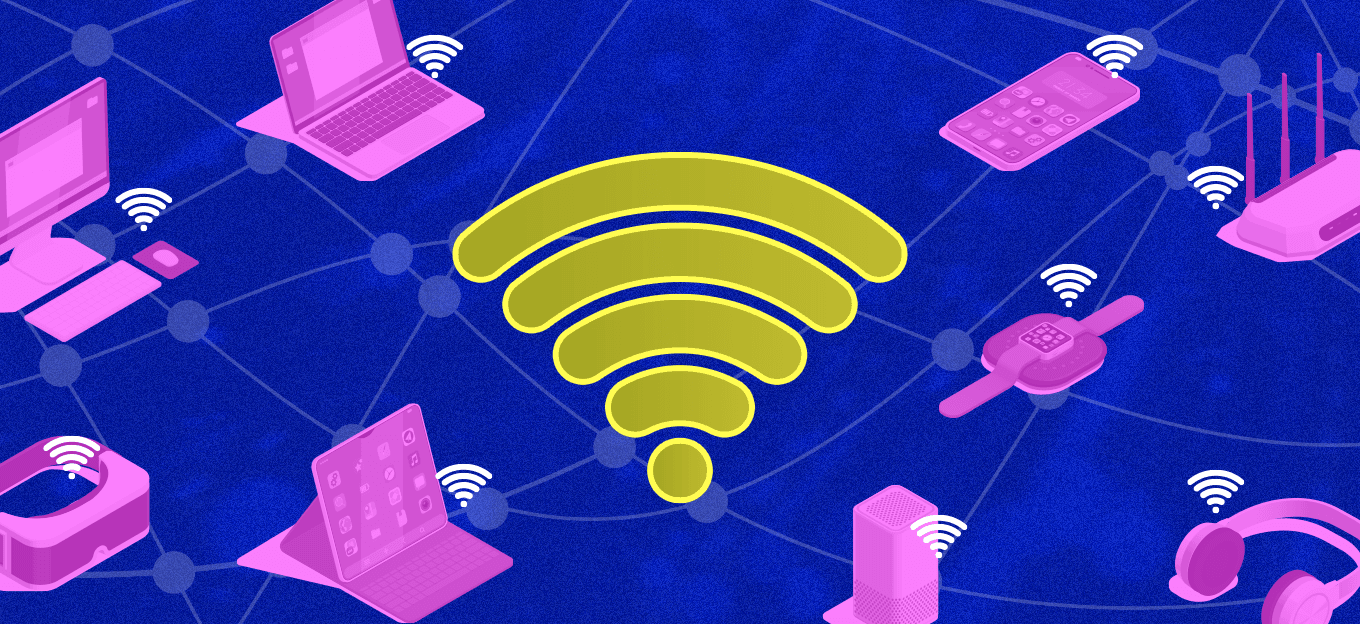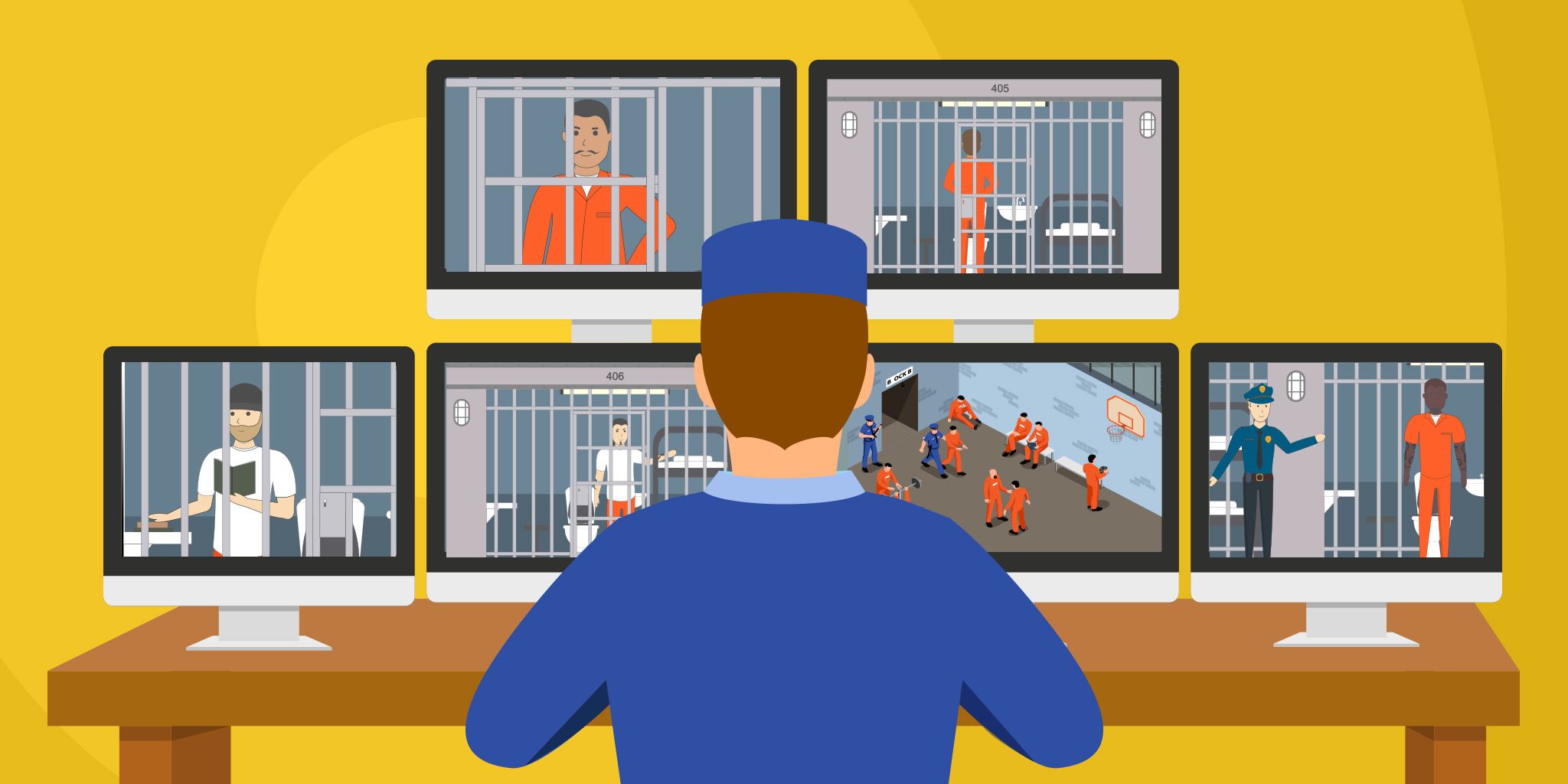Types of Network Connectivity for the Internet of Things (IoT) - A Simple Explanation
Types of Network Connectivity for the Internet of Things (IoT) - A Simple Explanation
- Last Updated: December 2, 2024
Leverege
- Last Updated: December 2, 2024



Connecting things to the internet is, unsurprisingly, an essential piece of the Internet of Things. But when it comes to evaluating what type of network connectivity is best for a given IoT solution, it can feel like there are an overwhelming number of options. Cellular, satellite, WiFi, Bluetooth, RFID, NFC, LPWAN, and Ethernet are all possible ways to connect a sensor/device. And within each of these options there can be different providers (e.g. for cellular in the US there’s T-Mobile/Sprint, Verizon, AT&T, etc.).
If you’re simply interested in IoT and how it works, it’s nearly impossible to sift through dense articles to get the understanding you need. To help bring clarity to my fellow non-technical people, here’s a framework for thinking about the various IoT network connectivity types that I’ve developed while working at Leverege:
Connecting the Internet of Things - Tradeoff Between Power Consumption, Range, and Bandwidth
The perfect network connectivity option would consume extremely little power, have huge range, and would be able to transmit large amounts of data (high bandwidth). Unfortunately, this perfect connectivity doesn’t exist.
Each connectivity option represents a tradeoff between power consumption, range, and bandwidth. This allows us to create a conceptual framework that segments the various connectivity options into three major groups:
1) High Power Consumption, High Range, High Bandwidth
To wirelessly send a lot of data over a great distance, it takes a lot of power. A great example of this is your smartphone. Your phone can receive and transmit large amounts of data (e.g. video) over great distances, but you need to charge it every 1–2 days.
Connectivity options in this group include cellular and satellite.
Cellular is used when the sensor/device is within coverage of cell towers. For sensors/devices that are, say, on a ship in the middle of the ocean, satellite becomes necessary.
2) Low Power Consumption, Low Range, High Bandwidth
To decrease power consumption and still send a lot of data, you have to decrease the range.
Connectivity options in this group include WiFi, Bluetooth, and Ethernet.
Ethernet is a hard-wired connection, so the range is short because it’s only as far as the length of the cable. WiFi and Bluetooth are both wireless connections with lower power consumption than cellular and satellite and with up to or greater than the bandwidth. However, as I’m sure you’ve experienced just walking around your home, the range is limited.
3) Low Power Consumption, High Range, Low Bandwidth
To increase range while maintaining low power consumption, you have to decrease the amount of data that you’re sending.
Connectivity options in this group are called Low-Power Wide-Area Networks (LPWAN).
LPWANs send small amounts of data which allows them to operate at very low power with ranges in miles rather than feet. For example, a moisture sensor for agricultural purposes doesn’t need to send a lot of data, perhaps just a single number (the moisture level) every few hours. You also don’t want this sensor to consume a lot of power because it needs to run on battery (plugging it into an outlet in the middle of a field just isn’t realistic). And since agriculture covers a wide area, WiFi and Bluetooth lack the range.
LPWANs are extremely useful for many IoT applications. They allow tons of sensors to collect and send data over broad areas while lasting years on battery life. Although they can’t send much data, most sensors don’t need to. There are several different kinds of LPWAN, some of them like LoRa operate in unlicensed bands whereas others like NB-IoT use cellular infrastructure.
Wait, what about RFID, NFC and others?
In the interest of keeping this post simple and high-level, I’ve glossed over some other connectivity options like Radio Frequency Identification (RFID), Near-Field Communication (NFC), and likely many others.
The groupings above are somewhat generalized, within each there are many diverse options with differing pros and cons. However, this framework should serve as a helpful way to conceptualize connecting the Internet of Things and why there are so many options. It all comes down to a tradeoff between power consumption, range, and bandwidth.
If you're interested in a deeper dive including explanations of LPWAN, Bluetooth, and more, I encourage you to check out the IoT 101: Introduction to Internet of Things eBook I've written (which is free!).
The Most Comprehensive IoT Newsletter for Enterprises
Showcasing the highest-quality content, resources, news, and insights from the world of the Internet of Things. Subscribe to remain informed and up-to-date.
New Podcast Episode

The State of Cybersecurity in IoT
Related Articles





